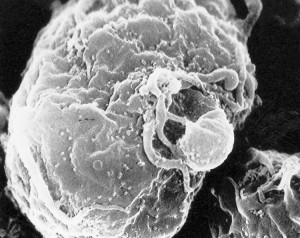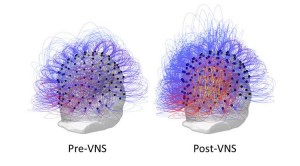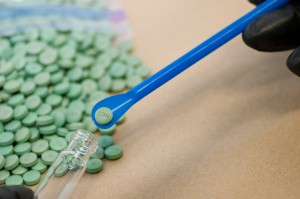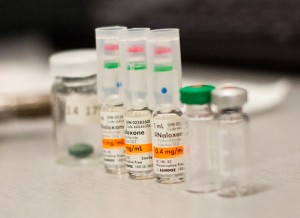Occupational Therapy Month
Monday, April 10th, 2023
April is occupational therapy month! Occupational therapy is a form of treatment that uses everyday activities to help people with illnesses or disabilities recover, develop, or maintain practical skills. Doctors often recommend occupational therapy for patients with health problems that interfere with their ability to perform daily tasks at home, school, or work. For example, a person who uses a wheelchair may need to learn how to get around in the kitchen and prepare a meal from a sitting position. A person who has lost sight or the use of an arm or leg may need to learn new ways to bathe or dress. Occupational therapy is often called curing by doing because patients improve their own physical and mental well-being by carrying out activities themselves.
Professionals called occupational therapists plan and supervise treatment activities for their patients. Occupational therapy assistants work under the supervision of an occupational therapist and do much of the hands-on work with patients, helping them learn and practice skills. Occupational therapists and assistants work in such places as hospitals, rehabilitation centers, mental health centers, schools, nursing homes, and day care centers. They also provide treatment in people’s homes.
An occupational therapist first needs to evaluate a patient’s health problems, background, and interests. The therapist uses this information to plan an individual program that will meet each patient’s needs and make the most of each patient’s abilities. Occupational therapists help people with serious illness or injury, permanent disabilities, such as blindness or the loss of a limb, and mental and emotional illnesses. Occupational therapists also aid the growth and development of children. Many children receive treatment at school. Occupational therapists help these children interact with others, develop self-confidence, and take full advantage of opportunities in the classroom and playground. Therapists also work closely with the children’s family members and teachers. Occupational therapy for children often includes playing with toys or participating in games.
Occupational therapy as a profession dates back only to the early 1900′s, but people have long known that work and other activities speed recovery from illness or injury. In A.D. 172, the Greek physician Galen said, “Employment is nature’s best medicine and essential to human happiness.”
Modern occupational therapy developed from a nursing course called Invalid Occupations. This course was first offered to student nurses in 1906 by Susan E. Tracy, a Boston nurse. American architect George E. Barton originated the term occupational therapy. He himself received this form of treatment after one of his feet was amputated. The need to help disabled veterans of World Wars I (1914-1918) and II (1939-1945) stimulated the growth of occupational therapy. The World Federation of Occupational Therapists was established in Liverpool, England, in 1952.
Anyone who is interested in a career in occupational therapy must first earn a bachelor’s or master’s degree in occupational therapy from an accredited college or university. Accredited programs include courses in biology, psychology, sociology, and occupational therapy theory and practice. All programs require students to complete a period of supervised clinical training. A person who wants to become an occupational therapy assistant must complete an associate degree program. Associate’s programs also include academic coursework and supervised clinical training.









